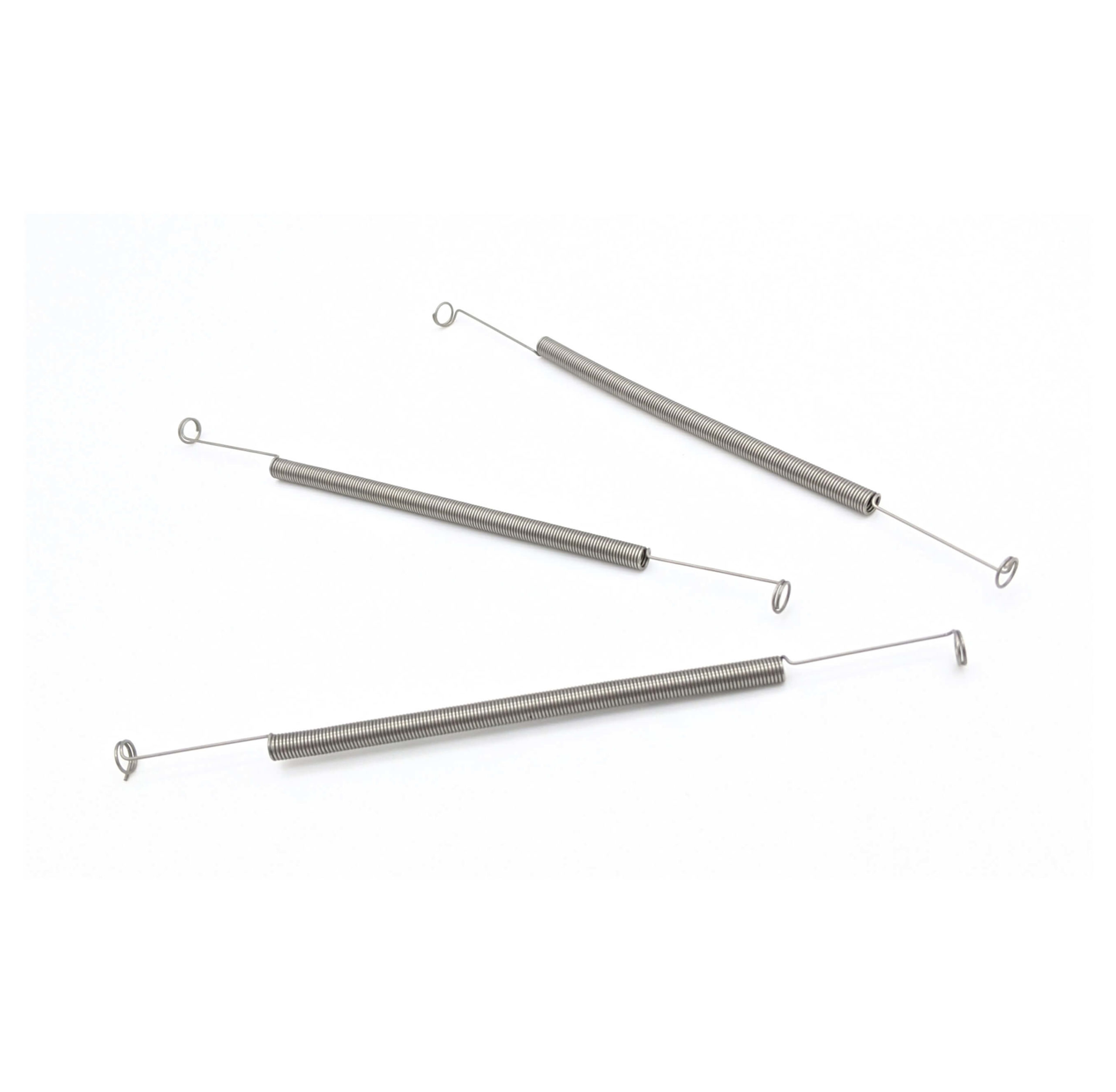Get unique, complex parts easily. No matter your requirements, Chaoyi Spring creates hard-to-produce coil springs and wire forms.
Let us help you create the custom wire form you need, from S-hooks and J-hooks to utility hooks and more.
We work closely with customers across a wide range of industries, helping them design and manufacture made-to-order parts.
Why choose Chaoyi Spring? We prioritize customer-focused collaboration, modern equipment and the latest technology to make your parts per print.
Find the information and guidance you need, from measuring a spring to learning about materials, placing an order and much more.
We encounter tension, ladders, and springs in our daily lives, often without realizing the intricate interplay of forces that govern their behavior. From the elastic band stretching to the ladder


We encounter tension, ladders, and springs in our daily lives, often without realizing the intricate interplay of forces that govern their behavior. From the elastic band stretching to the ladder leaning against a wall, these seemingly simple objects encapsulate fundamental principles of physics, illustrating the dynamic nature of force and its impact on our surroundings. This article delves into the science behind tension, ladders, and springs, exploring how they work, why they are important, and how they shape our experiences.

Tension, in its simplest form, is the pulling force that exists within a material when it is stretched or elongated. Imagine a rope tied to a heavy object; the rope experiences tension as it resists the weight trying to pull it downwards. This tension is what keeps the object from falling. Tension is a crucial concept in various scenarios, from the stability of bridges to the functionality of our muscles.
Ladders, those ubiquitous tools for reaching heights, are fascinating examples of how tension and friction work in harmony. When a ladder leans against a wall, it relies on tension in its structural components to resist the downward pull of gravity. The ladder's base, however, relies on friction against the ground to prevent it from sliding out. The delicate balance between these two forces determines the ladder's stability and its ability to support weight safely.
Consider the classic scenario of a person climbing a ladder. The tension in the ladder's sides increases as the person climbs higher, stretching the material slightly. At the same time, the friction between the ladder's base and the ground must be sufficient to counter the increasing torque caused by the climber's weight. If the friction is inadequate, the ladder could slip, leading to a dangerous fall.
Springs are quintessential examples of elasticity, a material's ability to return to its original shape after being deformed. When a force is applied to a spring, it stretches or compresses, storing potential energy. This stored energy is then released as the spring returns to its equilibrium position. This principle is at play in countless everyday objects, from the springs in our pens to the shock absorbers in our cars.
The behavior of springs is governed by Hooke's Law, which states that the force exerted by a spring is directly proportional to its displacement from its resting position. This means that the more you stretch or compress a spring, the stronger the force it exerts to return to its original shape. Springs are essential components in countless devices, from clocks and musical instruments to medical equipment and even space exploration.
The concepts of tension, ladders, and springs are not confined to textbooks. They are woven into the fabric of our everyday experiences. Buildings rely on tension in steel cables and beams to withstand immense forces. Bridges utilize similar principles, with tension and compression working together to distribute weight and maintain stability.
Bungee jumping, a thrilling activity that involves leaping from high structures while connected to a long elastic cord, is a testament to the power of springs. As the jumper falls, the bungee cord stretches, storing energy and slowing down the descent. The elasticity of the cord allows the jumper to bounce back up, experiencing a unique and exhilarating ride.
While we've touched upon the fundamental principles of tension, ladders, and springs, there's a world of complexity and nuance waiting to be explored. For instance, the behavior of springs can be influenced by factors like temperature and material composition. Similarly, the stability of ladders depends on the coefficient of friction between the ladder and the surface it rests on.
As we delve deeper, we encounter fascinating concepts such as the limit of elasticity, where a material can no longer return to its original shape after deformation. We also discover the concept of stress, which represents the internal forces within a material caused by external loads. Understanding these nuances allows us to appreciate the intricate interplay of forces that govern the behavior of these seemingly simple objects.
Tension, ladders, and springs are more than just physical concepts; they represent the invisible forces that shape our world. From the towering structures that define our cities to the simple act of climbing a ladder, these principles are woven into the fabric of our lives. By understanding the science behind them, we gain a deeper appreciation for the intricate balance of forces that governs our everyday experiences.
Browse some of the custom wire forms and springs that we manufacture. Don’t see what you need? We specialize in made-to-order products that meet your application requirements.
Visit Our GalleryNeed a custom wire form or coil spring? We make it work. Fill out the contact form and a representative will respond within 1 business day. If you have a PDF or CAD file, you can submit to request a quote.